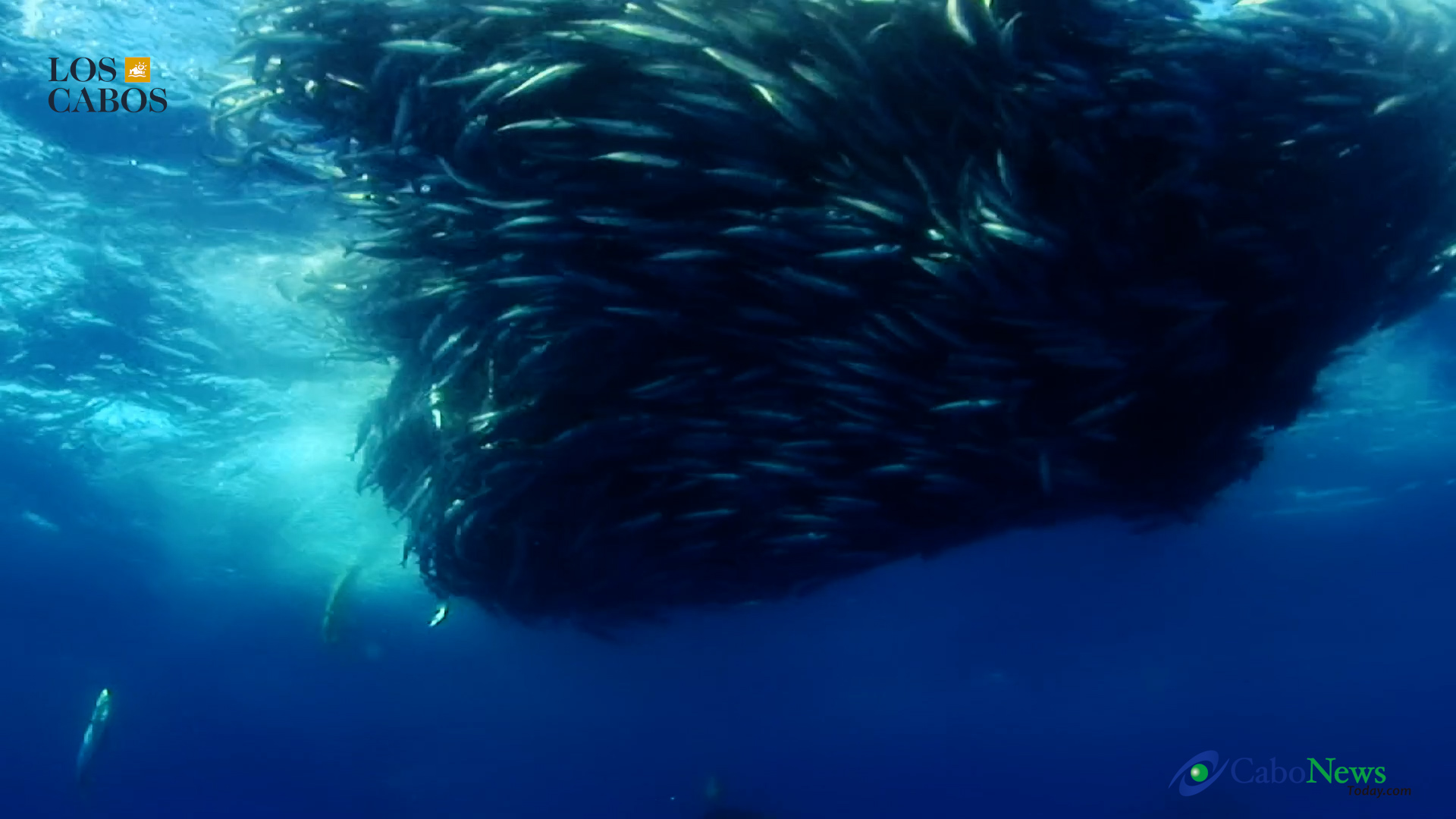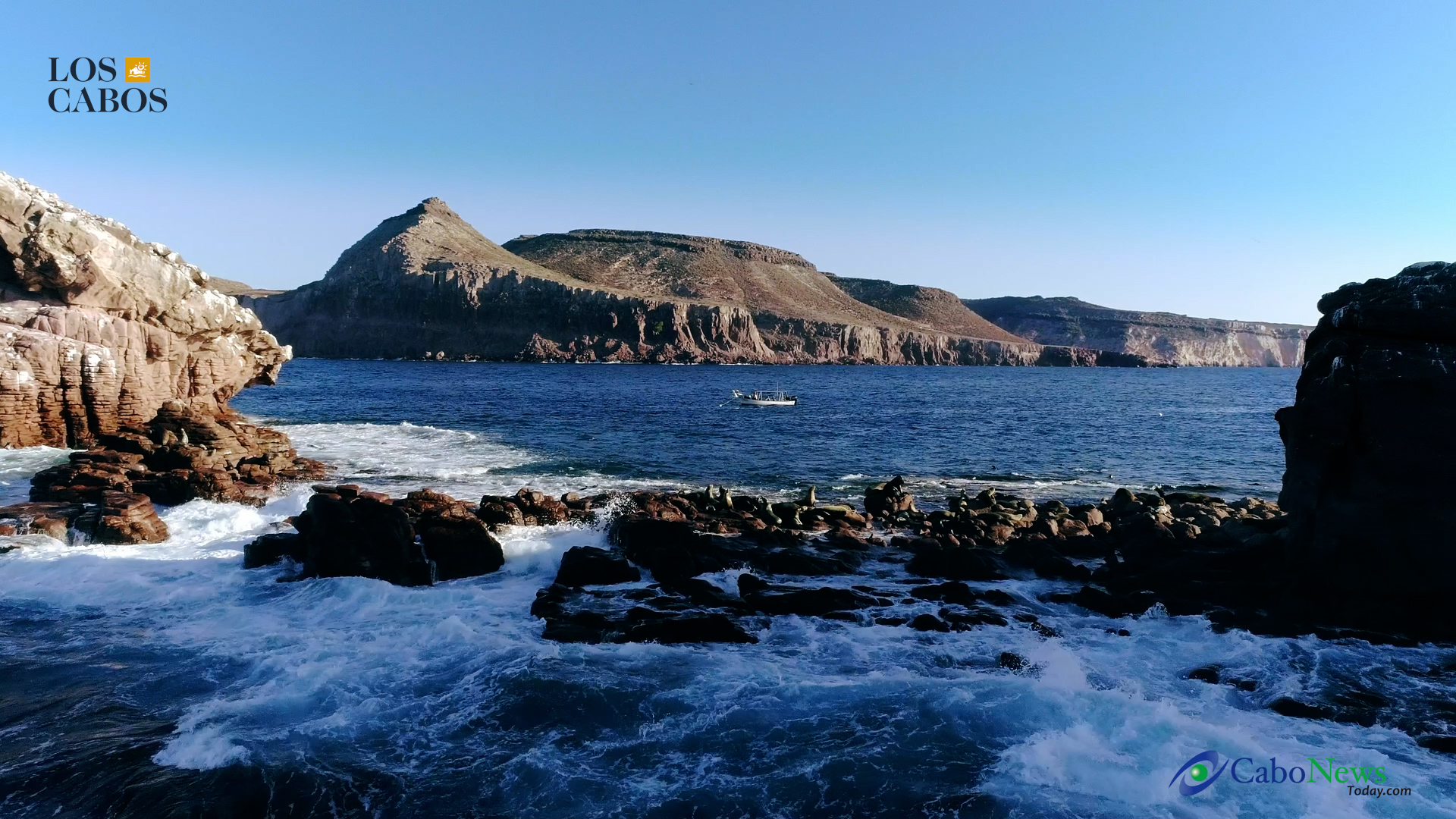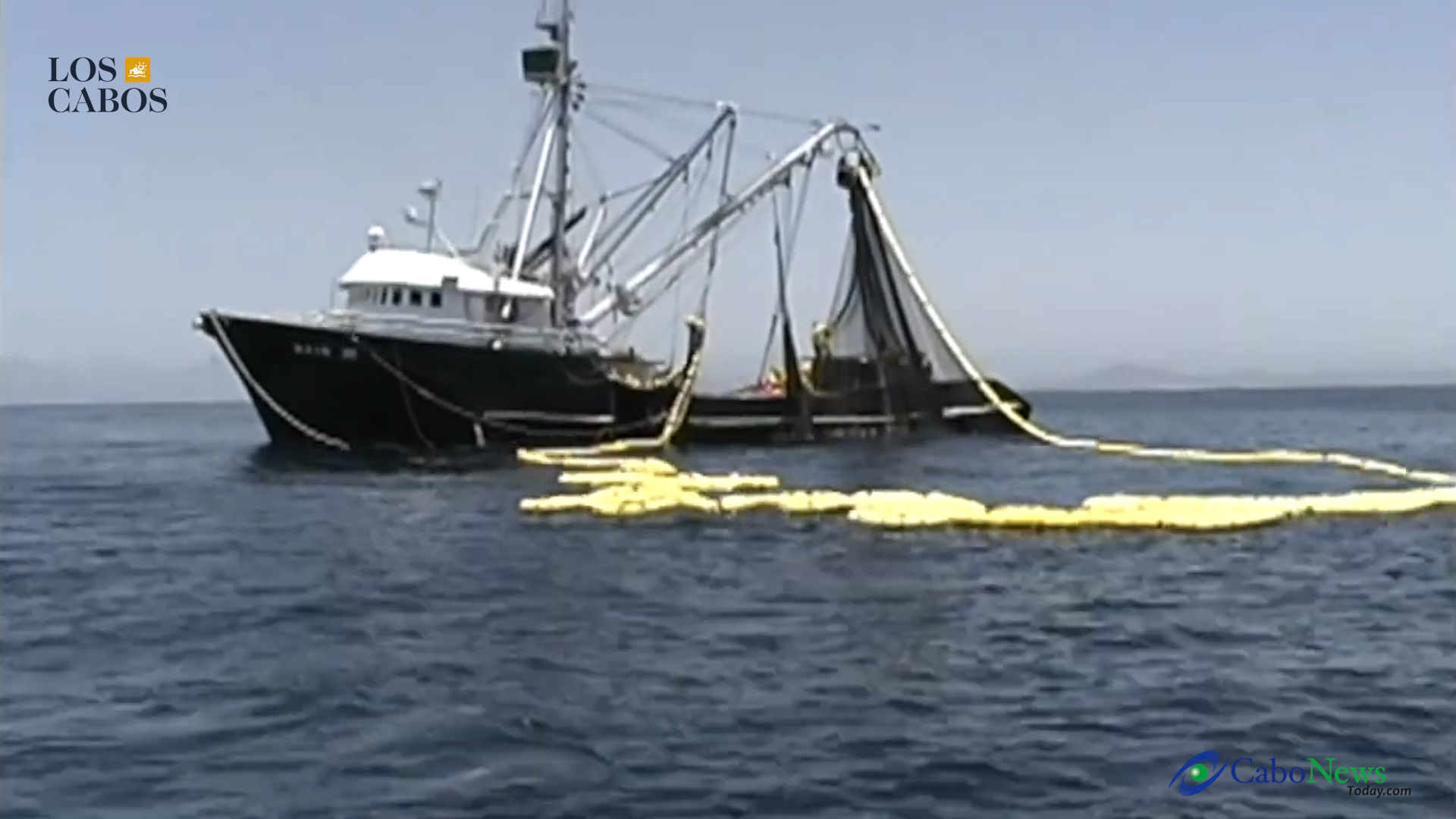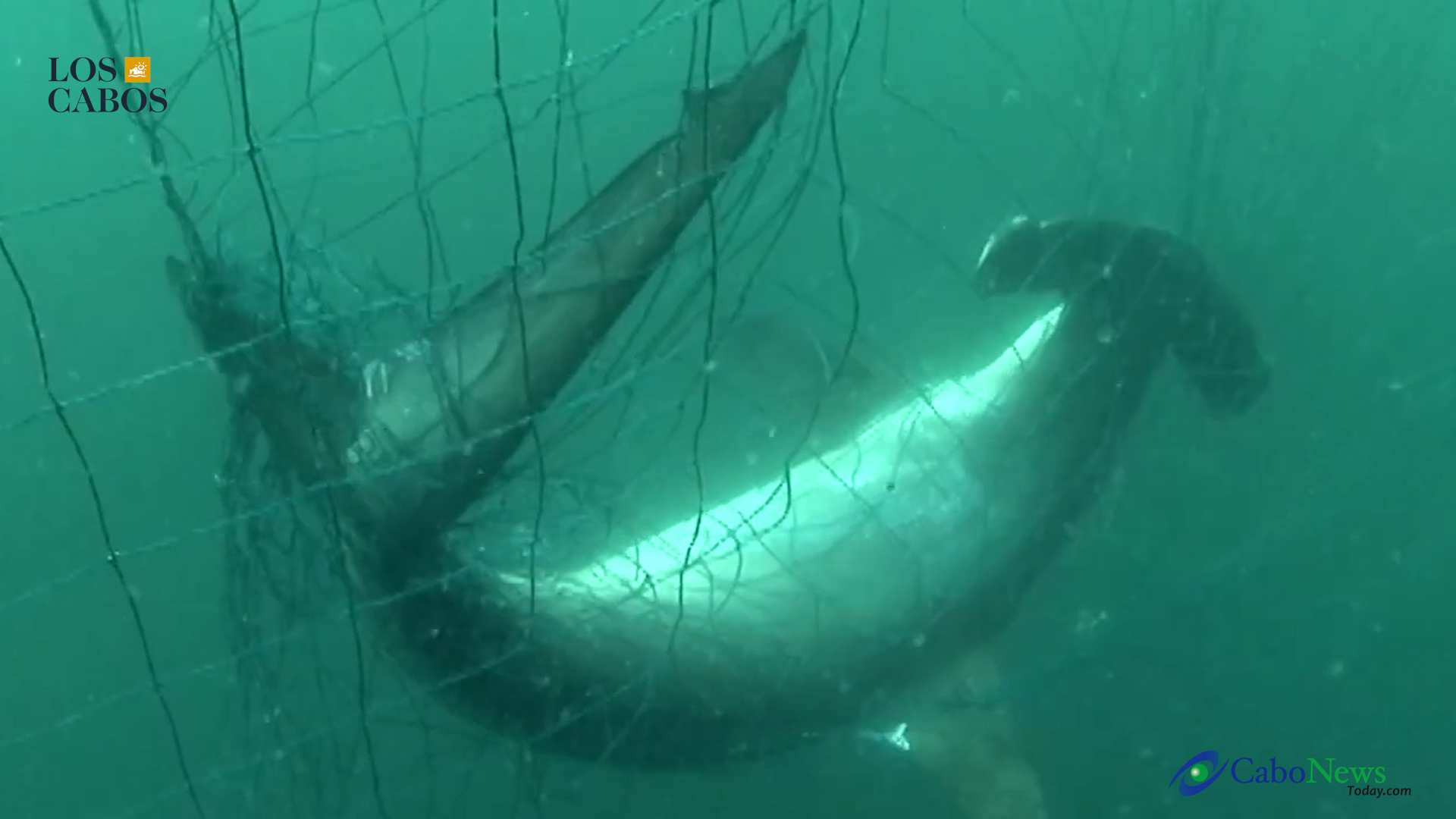Overfishing in the Sea of Cortés

Bordered by the states of Baja California, Baja California Sur, Sonora and Sinaloa, the Gulf of California or Sea of Cortez, with its more than 900 islands, islets and promontories, has the largest fishing production in the country.
The richness of its marine life is extraordinary. It houses between 700 and 900 species of fish; In addition, a third of the planet's marine mammals live in its waters, such as blue whale, gray, humpback whale, orcas, dolphins, sea lions and elephant seals among many other specimens.
Unfortunately, in the last 30 years its deterioration is notable due to overfishing as well as a certain degree of contamination due to the growth of urban coastal areas and the proliferation of tourist real estate developments with little or no environmental sustainability.
Other factors are climate change and the decrease in their populations in number and sizes of various specimens.
Carlos Sánchez, Marine Biologist: "...we are beginning to see this size reduction mainly, those large fish are beginning to be absent and have smaller sizes..."
Only in Baja California Sur, from 2018 to 2020, there was a 35% decrease in its fishing production, which is why it seeks to migrate to aquaculture.
- Afredo Bermúdez, Director of Fisheries, Aquaculture and Agricultural Development of BCS: "...commercial fishing is already at its limit, there are no more possibilities to grant more commercial permits and that is why our interest in our public policy is precisely to migrate to the aquaculture because all species are already at their peak….”
Another factor of overexploitation is -mainly- illegal fishing for which there are no precise data. Despite the fact that in Baja California Sur inspection and surveillance have increased, it is not enough due to the extension of its more than 2,200 kilometers of coastline.
Martín Inzunza, Director of FONMAR (Trust for the Protection of the Sea): "... this year we increased the budget to almost 22 million pesos and to date we have carried out 683 surveillance tours by land and 571 tours by sea, we have raised 58 minutes together with Conapesca, and we retained an amount of 117 thousand 141 kg of marine product that was obtained without the proper permits…”
However, this is not the case in the rest of the National Marine Parks of the Gulf of California.
Carlos A. Sánchez, Marine Biologist: “…most of the parks in the Gulf of California, Baja California Sur, Loreto, here in La Paz, Cabo San Lucas, many of the parks that exist in Mexico, marine, 1% are the non-fishing area…at least you have to have at least 30% of a no-fishing area…”
Mike McGettigan, Marine Conservationist: (translation) “the place that has been doing very well is Cabo Pulmo….. When it became a National Park in 1995, they protected it from the beginning, so there is no fishing; It is the only park that has recovered in 27 years…”
An example of overexploitation are the so-called scale fish traps that remain on the seabed permanently preying on reef fish without any control and supervision since 2014. It is estimated that there are currently more than 1,800. Most without permits.
Carlos A. Sánchez, Marine Biologist: "...the trap like this in terms of fishing management should be eliminated as part of the fishing activity, as well as the net at the time, the confinement net and all that that took everything..."
Ramiro Arcos, Mtro in Sciences: "...by 2018 there were about 1,300 traps working, at least it is known that they were working with these permits, when in 2014 there were only 130 traps or there was permission for 50 traps..."
Both authorities, researchers and academics, as well as non-governmental organizations, agree to reduce fishing efforts and increase inspection and surveillance to prevent predation by fleets and poachers and recover their populations of marine fauna.



- Created on .